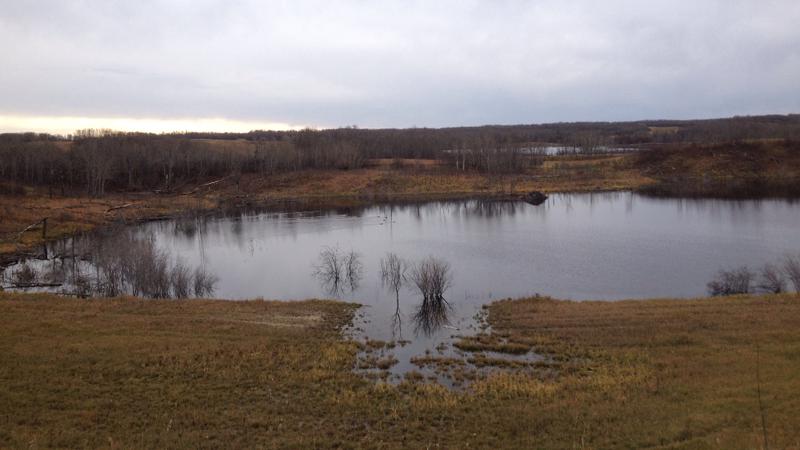
Campers, hikers reminded to avoid wildlife
As residents are set to begin enjoying the great outdoors again this spring, staying clear of the wildlife is an important part of that enjoyment.
Troy Thompson, conservation officer with the Ministry of Environment, said it’s important to remember to leave all animals alone when you’re out hiking, camping or other outdoor activities. Some people may be drawn to seeking wildlife when they catch a glimpse, but Thompson said it’s better to completely avoid any interaction, as it can have a negative effect on the local ecosystem.
“Wildlife is best left to their devices and left in the wild,” he said.
Saskatchewan has 34 provincial parks and two national parks, which feature a variety of animals to avoid. According to the Encyclopedia of Saskatchewan, there are more than 4,000 mammals in the wild in the province, such as deer, bears, wolves, coyotes and moose.


